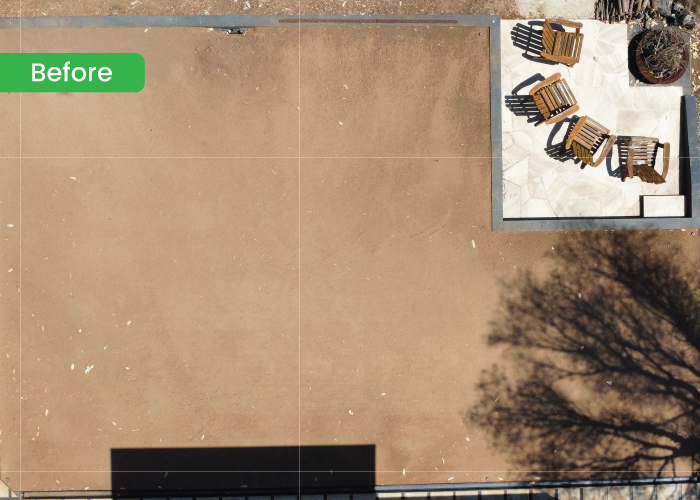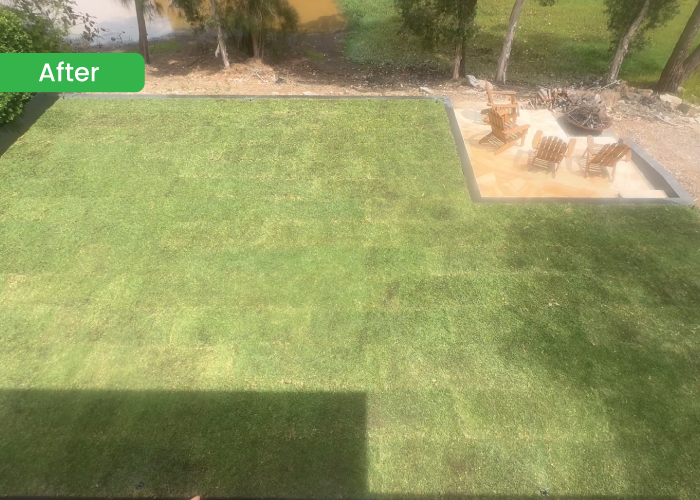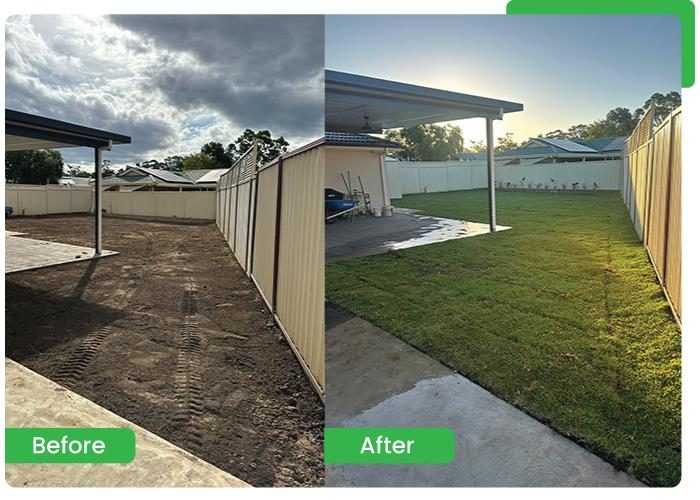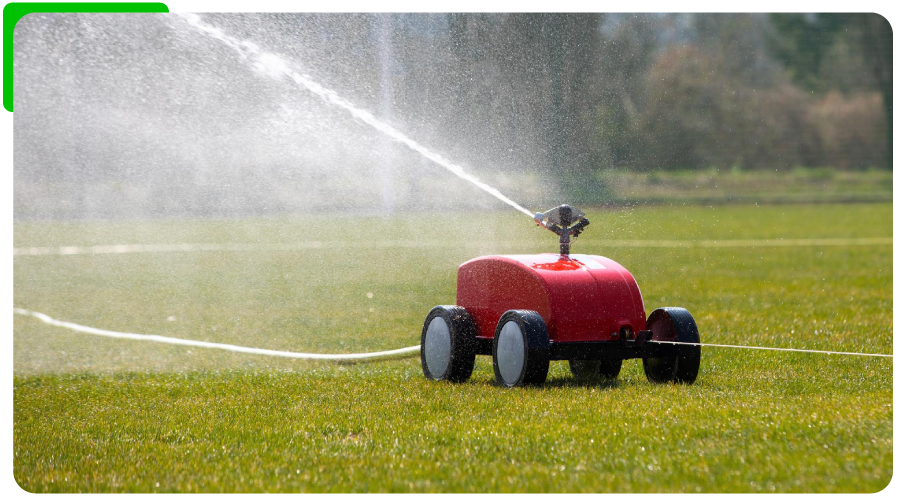Preparation
How To Get the Perfect Lawn
- To get the perfect lawn for your every need, simply answer these questions and allocate them to a suitable lawn by talking to one of our Sales Representatives or by reading one of our brochures.
- How many hours of direct sunlight do you get?
- Is the lawn for ornamental or recreational use?
- Do you have children, pets or frequent traffic?
- Do you prefer a finer or coarser leaf lawn?
- How much time do you have to maintain your lawn?
- Are you in a frost-affected area?
- Is your soil and drainage structure adequate?
- What type of lawn adjoins or surrounds your property?
- Environmental turf selection is one that needs less fertilising, watering and herbicides.
Measuring
(Each roll is 600 width x 1.600 length) With a tape, measure the area of your planned lawn. Include measurements on a sketch of the lawn area, including length, width, and unusual features.
Our sales staff – servicing areas like Sutherland, Hawkesbury, Campbelltown, Sydney and Northern Beaches – will happily calculate the required turf.
After turf preparation work is completed, schedule your order for delivery. You are now ready for prompt turf installation on the day of delivery. This is crucial to a strong beginning for your lawn and will avoid discolouration of your new lawn.


Soil Preparation

PH Soil Testing

Pre Lawn Fertiliser
A pre lawn starter fertiliser may be applied at this time, a good fertiliser with a NPK, [Nitrogen, Phosphate and Potassium] level of 10: 6:9. New to the market is a self formulated complete fertiliser, BTS Pre Lawn Starter, designed explicitly for a pre lawn starter application, apply BTS Pre lawn starter at a rate of 1Okg per 100m2 of area to be turfed.
Installing

Watering

